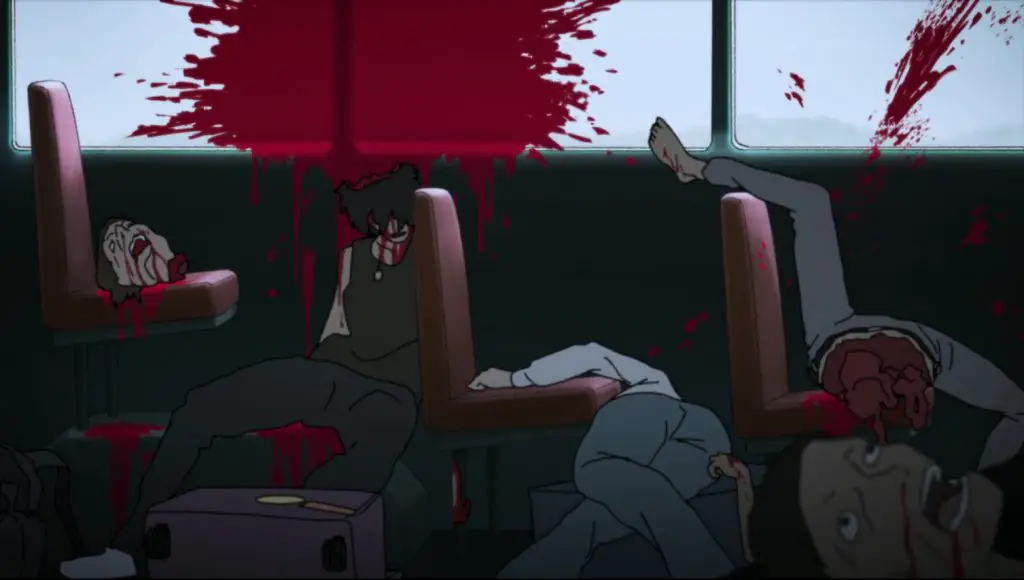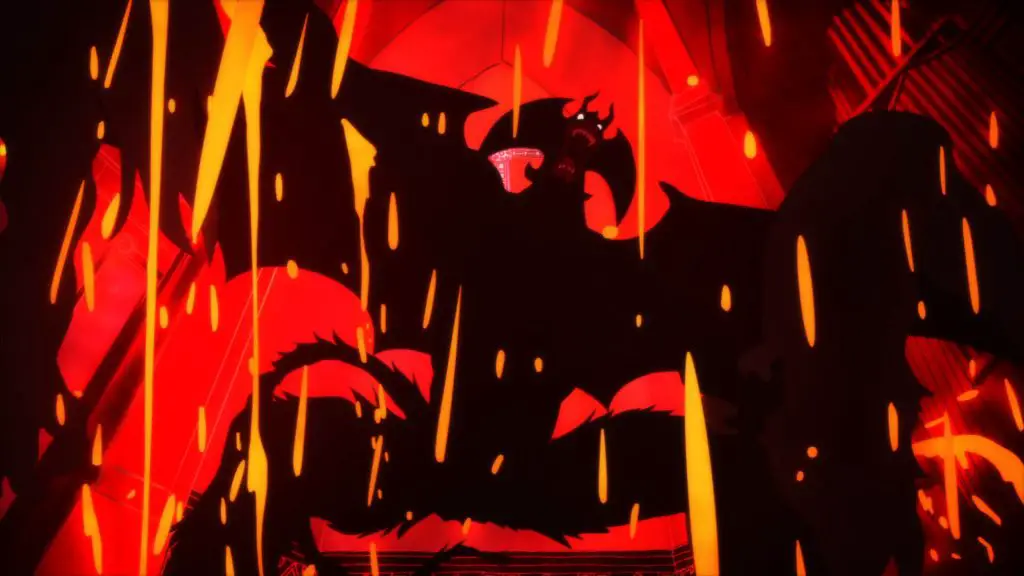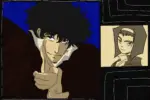In a time where a new Netflix series seems to come out every other week, it’s sometimes tough to decide what to watch. Beyond the well-known realms of “Stranger Things” and “Orange is the New Black,” there are a great number of possibilities. From the 1970s manga series “Devilman” comes Netflix’s “Devilman Crybaby,” a 10-episode animated series about a world inhabited by demons.
“Devilman Crybaby” uses the best aspects of its source material to create a relevant commentary on human nature in modern society. How do people become evil? What is justice? Do demons know how to love? Are humans more sinful than demons?
Though the series doesn’t give a concrete answer to most of these questions, it does raise some thought-provoking ideas in an attempt to explore them. Human vice exists even in the most peaceful of places, whether people would like to admit it or not.
Even for people who don’t consider themselves fans of anime, there is much to be gained from watching this series. It has garnered much acclaim in the anime community for its dark, yet realistic portrayal of themes that are surprisingly relevant in society today.
The amount of sex, violence and death in the show is not kid friendly by any means, though such elements are necessary for the story to be told in its fullest. The rawness is part of the show’s appeal, but it must be made clear that this series is not for the faint of heart.
With that much said about the appeal of “Devilman Crybaby,” some spoilers are due, so read at your own risk.
The series centers around high school student Akira, who loves to run track despite his lacking athleticism. Upon reuniting with his childhood friend Ryo, Akira learns that demons are lurking beneath the surface of their world, and Ryo insists that the two of them must work together to expose the demons’ existence.
Akira readily agrees, though their plans very quickly put him in danger. He soon finds himself turning into a “Devilman,” someone with the body of a demon but the heart of a human. Stories unfold as Akira journeys on with his trials and tribulations, acting as someone who wants to do good in a world where evil lurks around every corner.
In the beginning episodes, the division between humans and demons is concretely defined. According to Ryo, demons are able to exist within human hosts, masquerading as normal people while waiting for their chance to attack.
It is for this reason that the two main characters require some sort of evidence to expose the demons’ existence. But this line becomes blurred when Akira becomes a Devilman, as he is able to maintain his human heart while being possessed by a demon.
Though he would be considered a threat to society if anyone found out his secret, Akira is one of the most righteous characters in the show. Rather than embodying human vice, Akira is a symbol of hope for both his world and for the audience.
Meanwhile, human vice thrives all around Akira in various forms. He encounters nameless people engaging in sexual acts and consuming illicit substances with reckless abandon, often at the expense of their own safety.

He witnesses needless death and violence while trying his best to protect innocent people. And although his carnal demon side constantly tempts him to join in the chaos, he resists with all his might. Akira spends much of the first half of the show siding with his fellow humans while rejecting his demon side, all in an attempt to maintain justice.
After demons are eventually exposed to the world by Ryo, the moral line between humans and demons begins to blur. Rumors are spread about the demons disguised as humans, and paranoia becomes as contagious as a plague.
If someone shows even the slightest change in their normal behavior, people around them will automatically become suspicious. Predictably enough, humans are constantly turning on one another, believing everyone else to be the demonic “other.”
More humans perish than do demons, especially the kind, unassuming ones who had nothing to do with the fight from the beginning. Though human vice existed in the world prior to the demons’ exposure, the situation becomes much more dangerous as this fundamental clash between humanity and demon kind unfolds.
As the situation develops, it’s all the more obvious that this fantasy world of demons is allegorical to our own. After all, how many times has this type of witch hunt presented itself in human history?
Part of the problem is that the human characters see the demons as lower beings, considering human vice nothing in comparison to the harm that demons can do. However, the show gives the audience opportunities to see demons as multi-dimensional characters rather than just pure evil forces of the nature.
One such example is of the demon Kaim, who gives his body to the dying Silene so that she may finish off Akira. Though this plan fails, the fact that Kaim merges his body with Silene’s shows that he is willing to die for her since he is well aware that he will share her fate.

Akira sees their combined corpse afterwards, claiming that it looked like an act of love. That single glimpse of humanity in a demon’s soul further blurs the boundary of what is moral and what isn’t.
Ironically, humans are subject to corruption even more than demons. Circumstances can turn even a decent person into an alarmingly demon-like creature, someone who will lie, cheat and kill just for the sake of it.
In the final episodes of the show, the world has fallen to shambles and laws no longer seem to be in effect. One of the main characters, Miki, ends up being targeted because of a post she makes sympathizing with Devilmen such as Akira, and many characters are killed in the effort to protect her.
The killers initially suspect Miki of being a demon, calling her exceptional running abilities witch-like. But as the assault is happening, the killing becomes senseless and brutal, with no clear intent behind it.
Throughout the series, Miki acts as a sort of moral compass for everyone around her, which further emphasizes the hateful reasons behind her death. As more and more good people perish, human vice continues to spread like a disease until nothing else is left.
Ultimately, “Devilman Crybaby” does an excellent job of criticizing the worst of human behaviors in an original and thought-provoking way. Human vice is present in everyone, though it thrives in some more than others.
Morality is not as clear-cut as society makes it out to be, as humans are capable of both beautiful and terrible things. Under the worst of circumstances, outsiders with good intentions are wrongly targeted by violent people who only want to see the world burn. Because such a thing was allowed to happen, the ending of “Devilman Crybaby” is not a happy one, leaving audiences much to ponder upon even after the credit scene.

















